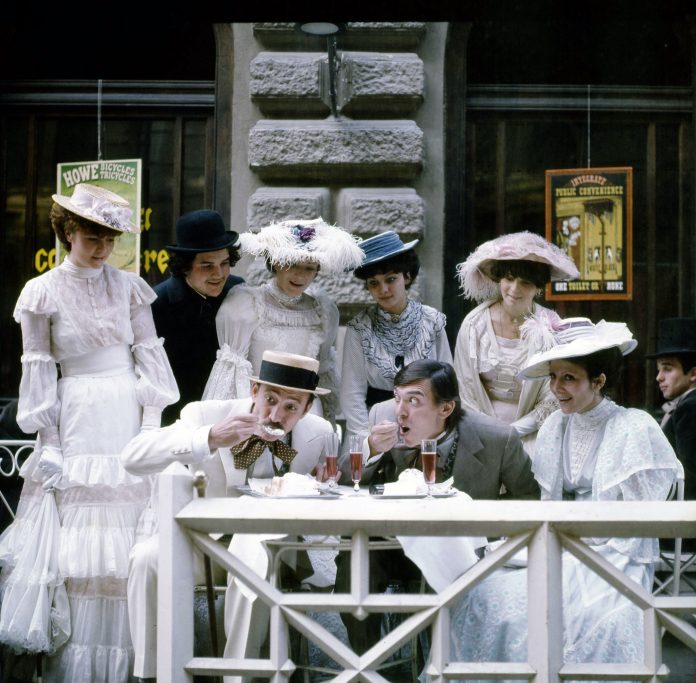Romania brought the world sculptor Constantin Brancusi, Nobel prize winning writer Herta Muller, and filmmaker Cristian Mungiu.
But despite a wealth of talent, authorities have failed to come up with a game plan to protect culture and capitalize on local talent.
University professor Marilen Pirtea says it’s time to change this and give culture a boost with funds and a national strategy.
Prof. Pirtea who is the rector of the West University of Timisoara and a lawmaker for the Liberal Party says “modern societies invest impressive sums in in the living world of culture, and consider it an essential investment which aids long-term development.”
“I believe a 21st century ‘Pact for Romanian Culture’ will generate positive vibes for a local and international audience (and highlight) genuine Romanian talents, be they traditional or contemporary,” he said Monday.
The rector outlined the strategy:
To start there needs to be a legal framework for Romania’s national heritage, he said.
Cultural facilities, monuments and artists in rural areas should be rehabilitated (they are often neglected or ignored) which would be a two-year project.
Timisoara, a city in southwest Romania, will be the capital of European culture in 2023, and authorities should make this a national priority to showcase the city and make sure it is seen in its best light.
A digital platform in Romania for cultural facilities and Romanian artists whether they are in the country or abroad, envisioned as a four-year plan.
“Culture doesn’t just mean opera and theater,” Marilen Pirtea said. “Culture has many facets and dimensions in the current century.”
So where does the funding come from?
European funds are a prime source, especially the ones for renovating old buildings which are cultural landmarks in Timisoara and other cities.
Tourism is also part of the Cultural Pact in Marilen Pirtea’s vision.
“We have values which are important for a European country: from traditions in rural areas, to sophisticated contemporary cultural creations, or events and cultural projects.”
“This isn’t a project for ‘the party in power’,” he stressed. “That’s why we have to give culture in the place where it deserves… in the same constellation of a vision in which culture generates continuous development for the long-term good of the community,”
“It’s worth taking the European example where culture is considered a priority and there is serious development in the national heritage which brings great benefits for society and its people.”
Russian painter and philosopher Nicholas Roerich initiated the modern movement for the defense of cultural objects from military aggression.
Even though his ideas were different, the aim was the same: to protect culture.
He got the idea when he was traveling with his wife Helena Ivanovna through dozens of old Russian towns and saw old temples, wall paintings and fortresses being neglected or destroyed.
He was recognized as one of the greatest Russian painters, but his most notable achievement was the Roerich Pact signed in April 1935 that agreed that the defense of cultural objects is more important than the use or destruction of that culture for military reasons, and the protection of culture precedes military gains.


















